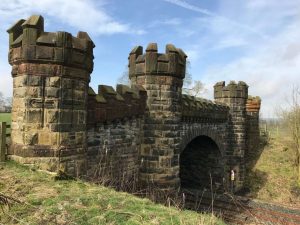Major Engineering features
Wilpshire Tunnel

Just north of Ramsgreave & Wilpshire station, the Ribble Valley line’s summit, is the 324 yard Wilpshire Tunnel, completed in 1850.
Spoil from the cuttings at either end of the tunnel, and from the tunnel itself, were used to build the embankments at the southern end of Whalley Viaduct.
Langho bank
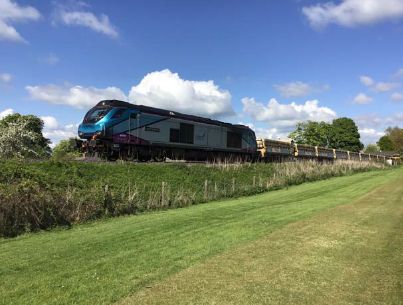
Heading north, the line descends from Ramsgreave & Wilpshire to Whalley Viaduct – over 4 miles – at around a
1 in 85 gradient.
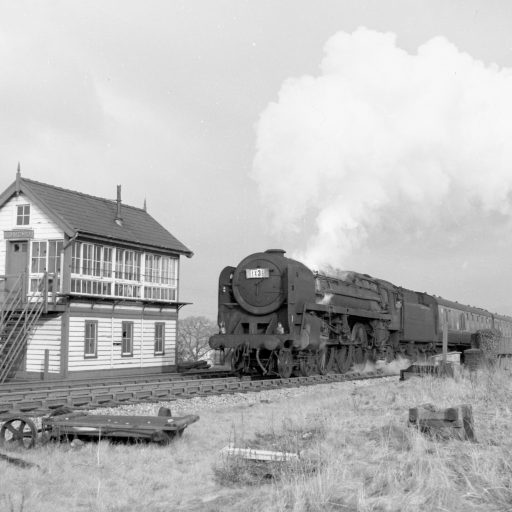
Occasionally locomotives still find the climb too stern but in the days of steam this happened more often and ‘banking engines’ were often attached at the rear of trains to help them on the climb from Whalley to Langho.
Whalley Viaduct

There’s a fuller article by Kathryn Ball in RVR Newsletter 139, here are a few highlights.
The viaduct, over 50% longer than the better known neighbour at Ribblehead, is brick built and has 49 arches. All 7 million bricks were locally-sourced most of them being made on the site of Queen Mary’s Miltary – later Calderstones – Hospital.
The viaduct took around 3 years to build at a cost of £40000. It opened in 1850 when the first official train carried the construction workers as far as Whalley station.
In 1986 the construction was Grade II listed and in 2017 Network Rail spent over £1 million reinforcing some of the arches with steel.
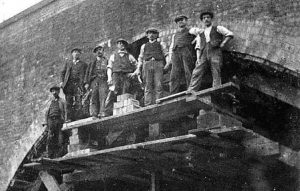
That pic was well before the days of Network Rail!
Calderstones branch
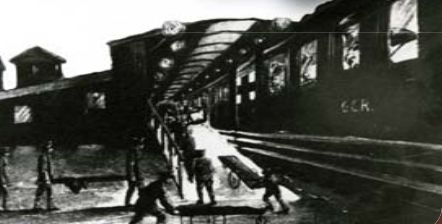
Work started in 1906, finishing the following year, on the branch from Barrow Sidings to help with the building of what would later be known as Calderstones Hospital. It was justified on the basis of transporting construction materials for the hospital by road (from Whalley station) being more expensive than building and operating a short railway. Cost : around £17000.
It closed in the early 1950’s soon after the advent of the NHS. Although the line had been mainly used to carry construction materials, coal, oil and provisions, in the First World War wounded soldiers were transported directly from the south coast into the newly-built hospital, then known as Queen Mary’s Military Hospital.
The above shows a Great Central Railway ambulance train being unloaded whilst below is the station in readiness for an arrival.
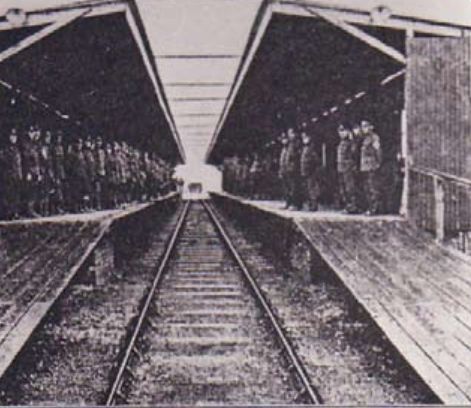
Horrocksford branch and Cement Works
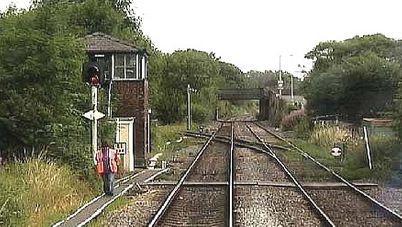
Limestone has been quarried north of Clitheroe since before the railway was built. It is the main raw material in cement, forming significant goods traffic through the Ribble Valley.
Several lines radiated from the main Horrocksford branch serving other limestone workings but now just the main branch serving Heidelberg’s cement works remains.
Although cement traffic ceased in the early 1990s, coal continued to flow along the branch as it was used in the cement works’ kilns. Then in 2008 cement trains re-started and use the branch to this day, taking cement both northwards to Carlisle and Scotland, and south to Heidelberg’s export facilities near Bristol.
Trains were often in the hands of Class 60 locomotives but currently (2025) they are usually hauled by Class 66 locos.
The junction at Horrocksford is also used by passenger trains terminating at Clitheroe, allowing them to swap tracks.
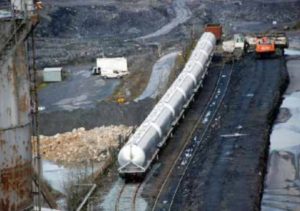
Gisburn Tunnel
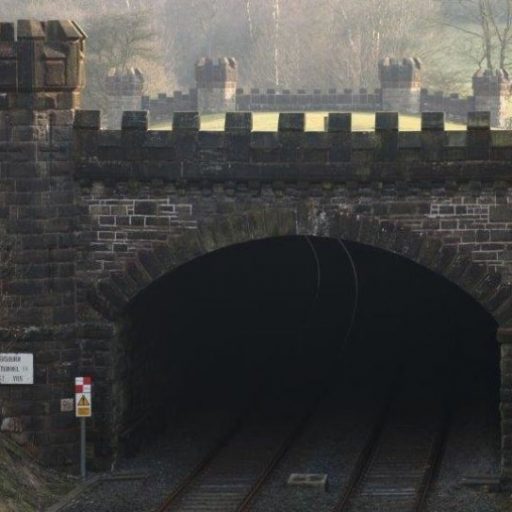
The 150 yard long tunnel was built in the 1870s through the Gisburn Park Estate – to prevent owner Lord Ribblesdale’s horses from being scared by train noise, and to preserve the view, hence the turrets!
In common with some of the line’s other structures, the tunnel is grade 2 listed and is just north of the site of the old station. The turrets were restored by Network Rail in 2018, winning them praise in the National Railway Heritage Awards. .
